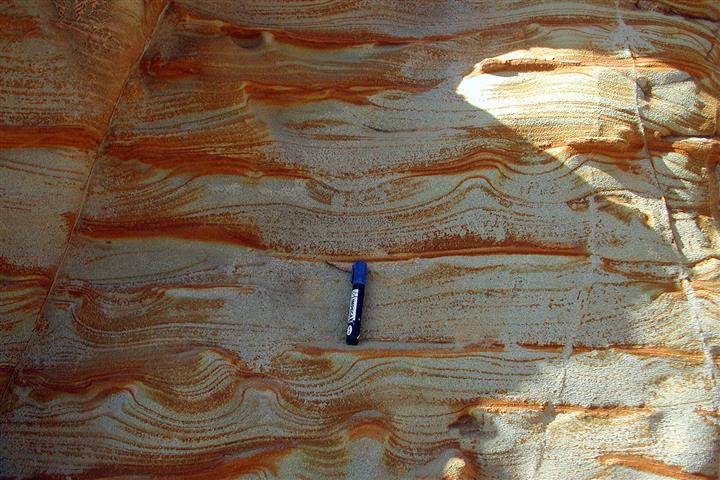• Introduction
– Reservoirs, reservoir analysis; reservoir models
– Reservoir processes and properties
– Petrophysics as a key-discipline in integrated reservoir analysis
• Petrophysical properties of reservoir rocks
– Reservoir rocks and types
– Porosity, permeability, relative permeability
– Capillary pressure, water saturation, fluid contacts
– Basic rock models
• Fundamentals of well logging
– The borehole and its environment
– Open hole and cased hole logging
– Electric and electromagnetic methods
– Acoustic methods
– Nuclear methods
– Nuclear magnetic methods
– Imaging methods
– Technical logs
– LWD and MWD techniques
– Coring and core investigations, core-log integration
• Log analysis – formation evaluation
– Fundamental problems of formation evaluation
Profile description and reservoir detection
Reservoir characterization
– Basic interpretation methods
Vshale, porosity, water saturation
Permeable zones
– Advanced interpretation methods
Combined determination of porosity and rock composition
Cross-plot methods
Shaly sand interpretation
Fractured reservoirs
Saturation determination, movable fluids
Permeability estimation
Thin bed evaluation and anisotropic reservoirs
Integrating the information; the reservoir model






comments (0)